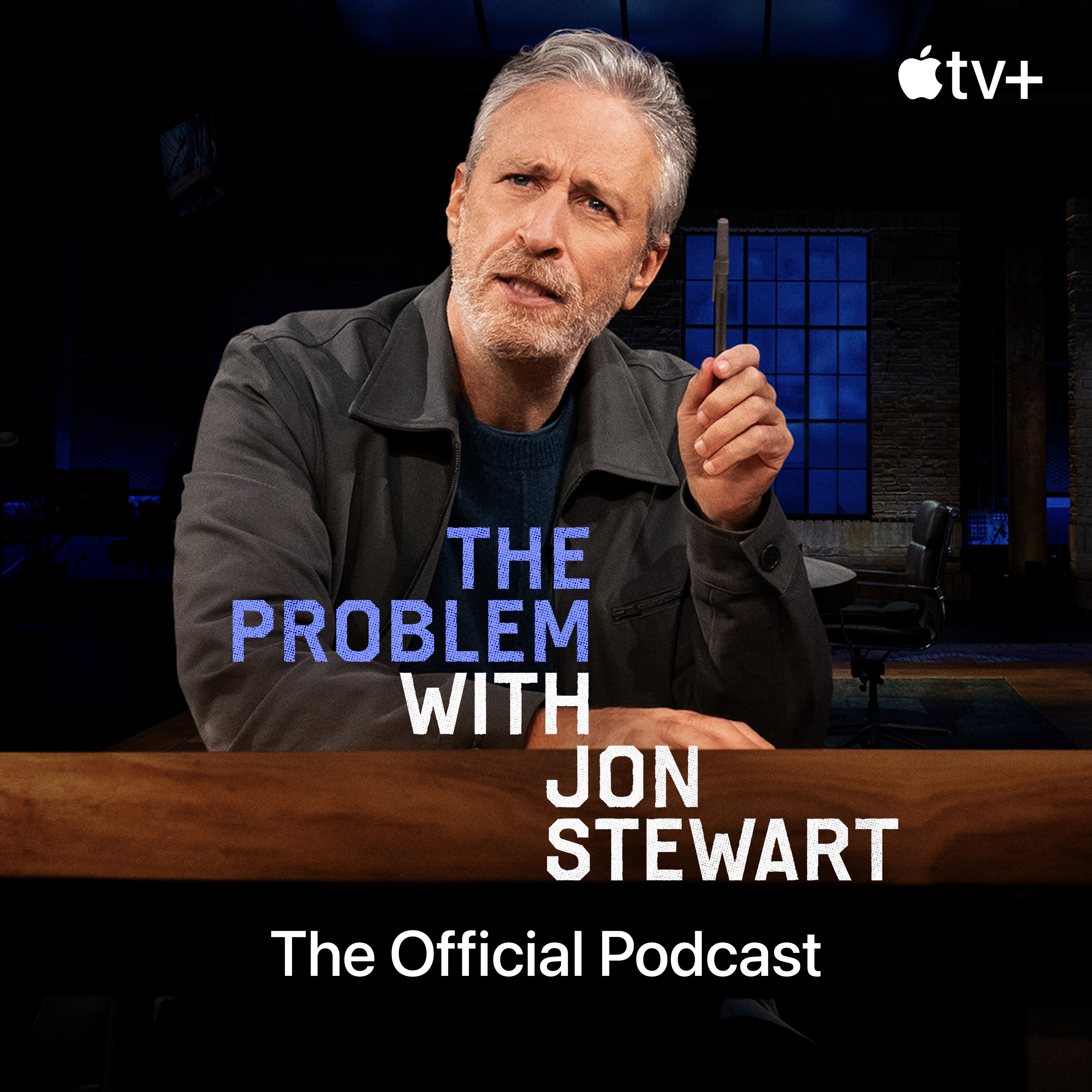Chapter
Clips
The majority of money created in the US economy is done so by commercial banks.
20:05 - 22:06 (02:00)
Summary
The majority of money created in the US economy is done so by commercial banks. Despite popular belief, quantitative easing measures have not led to hyperinflation or economic collapse attributed to the banks.
ChapterHow Commercial Banks Contribute To Money Supply
EpisodeWhy Does Fighting Inflation Have to Hurt So Much?
PodcastThe Problem With Jon Stewart
Following the implementation of Dodd-Frank and overregulation, commercial banks in the United States began producing negative contributions to the money supply.
22:06 - 23:50 (01:43)
Summary
Following the implementation of Dodd-Frank and overregulation, commercial banks in the United States began producing negative contributions to the money supply. The Fed attempted to offset this change with quantitative easing one.
ChapterHow Commercial Banks Contribute To Money Supply
EpisodeWhy Does Fighting Inflation Have to Hurt So Much?
PodcastThe Problem With Jon Stewart
Ray Dalio explains managing inflation by comparing it to overflowing water in a bathtub.
23:50 - 25:29 (01:39)
Summary
Ray Dalio explains managing inflation by comparing it to overflowing water in a bathtub. 2% of the increase in the money supply goes out of the drain due to the natural demand for more money, and another 2% overflows into inflation if the target inflation rate is also at 2%.
ChapterHow Commercial Banks Contribute To Money Supply
EpisodeWhy Does Fighting Inflation Have to Hurt So Much?
PodcastThe Problem With Jon Stewart
Inflation happens when prices for a broad array of goods and services are going up in an economy.
25:29 - 26:58 (01:28)
Summary
Inflation happens when prices for a broad array of goods and services are going up in an economy. This increase in prices can be traced back to different sectors and events.
